-
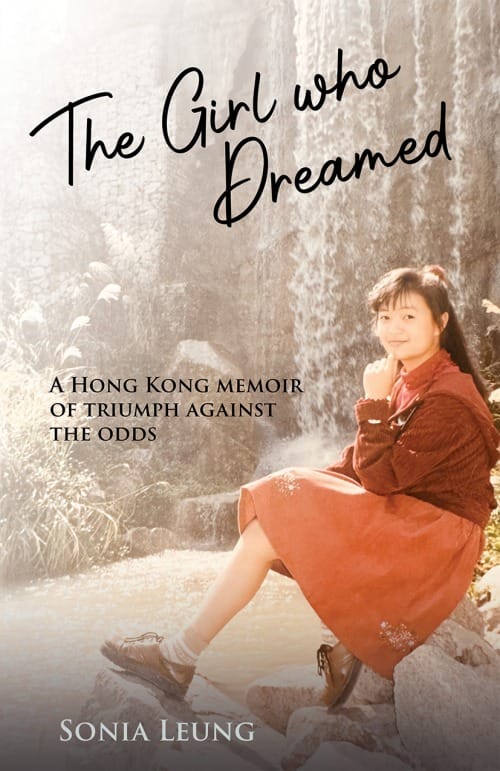 At the age of 14, Sonia Leung was raped by her ping-pong coach.She had moved from China two-and-a-half years earlier to join her family in Hong Kong, but she could not fit in. The family of six lived in a cramped subdivided hut in a Kowloon squatter village but rarely communicated with each other. The difficulties of adjusting to colonial Hong Kong heightened the tensions between her parents. Feeling trapped and unloved, Sonia was too afraid to tell anyone about the rape. She saved money by working part-time at McDonald's and, a year later, she bought a one-way plane ticket to Taipei and ran away from home.The Girl Who Dreamed is a memoir of her childhood in mainland China, Hong Kong and Taiwan – and how, through work and further education, she found her way to an independent life away from the family and world from which she needed to free herself.
At the age of 14, Sonia Leung was raped by her ping-pong coach.She had moved from China two-and-a-half years earlier to join her family in Hong Kong, but she could not fit in. The family of six lived in a cramped subdivided hut in a Kowloon squatter village but rarely communicated with each other. The difficulties of adjusting to colonial Hong Kong heightened the tensions between her parents. Feeling trapped and unloved, Sonia was too afraid to tell anyone about the rape. She saved money by working part-time at McDonald's and, a year later, she bought a one-way plane ticket to Taipei and ran away from home.The Girl Who Dreamed is a memoir of her childhood in mainland China, Hong Kong and Taiwan – and how, through work and further education, she found her way to an independent life away from the family and world from which she needed to free herself. -
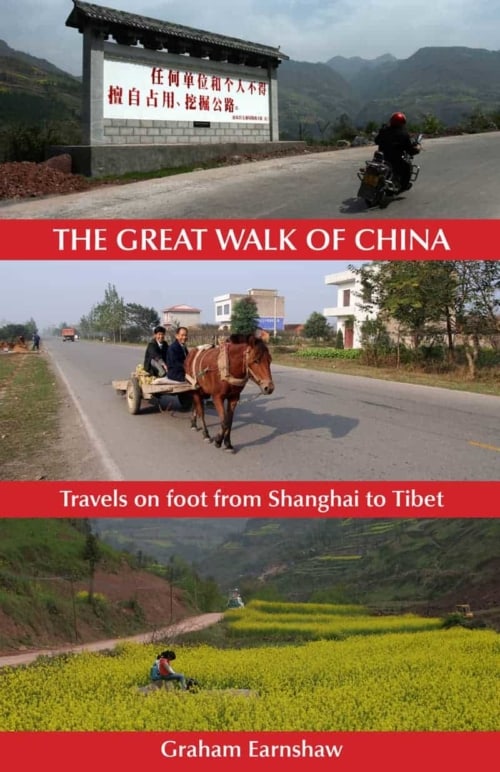
What kind of people would you meet if you decided to walk across the world's most populous country?
The Great Walk of China is a journey into China's heartland, away from its surging coastal cities, where the ripples of prosperity are only just beginning to be felt and many find themselves left behind.
Through his conversations with the people he meets along the way, the Chinese-speaking Earnshaw paints a portrait of a nation struggling to come to terms with its newfound identity and its place in the world. Our wandering guide never backs away from sensitive and sometimes uncomfortable topics, and captures the essential kindness and generosity of the Chinese people with brilliant clarity.
Look inside this book
Click on the following link to view sample pages from The Great Walk of China. You will need a pdf reader to view this excerpt. -
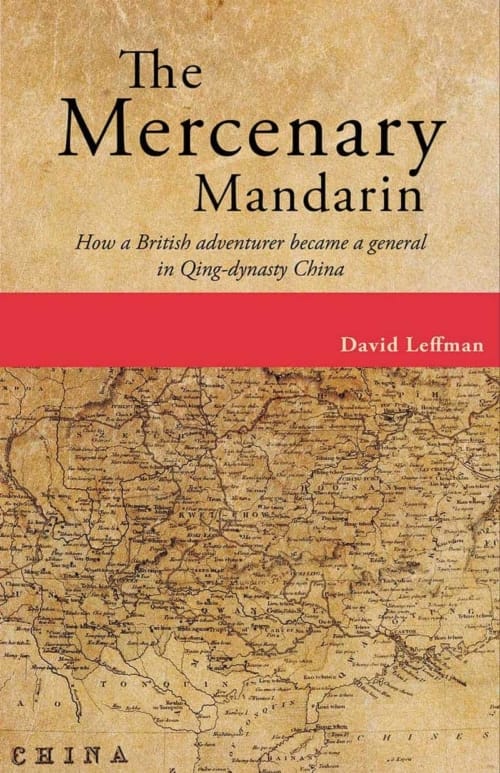
Jersey-born William Mesny ran off to sea as a boy and jumped ship at Shanghai in 1860 when he was just 18. Amid the chaos of foreign intrigue and civil war in 19th-century China, he became a smuggler, a prisoner of the Taiping rebels, a gun-runner and finally enlisted in the Chinese military.
After five years of fierce campaigning against the Miao in remote Guizhou province, Mesny rose to the rank of general and used this privileged position to travel around China – to the borders with Burma, Tibet and Vietnam – writing opinionated newspaper articles, collecting plants and advising government officials on the development of railways, telegraphs and other modern reforms.
Mesny eventually settled in Shanghai with a 16-year-old concubine and published Mesny's Chinese Miscellany, a weekly magazine about his experiences. But his story was not to end well. After his implication in an illicit arms deal, his fortunes never recovered, and when he died in 1919 he was working as a desk clerk.
David Leffman has spent over 15 years footstepping Mesny’s travels across China, interviewing locals and piecing together his life story from contemporary journals, private letters and newspaper articles.
Look inside this book
Click on the following links to view sample pages from The Mercenary Mandarin. You will need a pdf reader to view these excerpts. Foreword
-
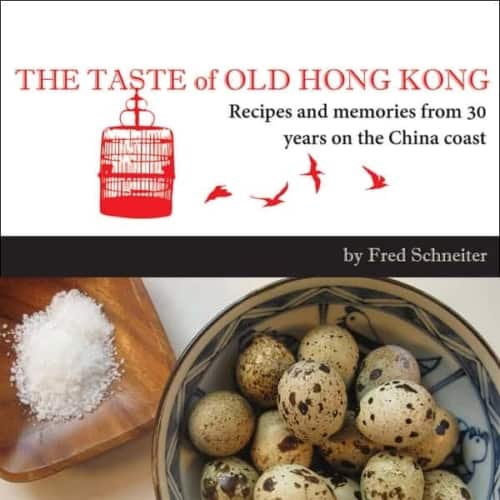
Reminiscences and recipes of favourite international and regional dishes from households, fancy restaurants and back lanes which you can enjoy today in Hong Kong, that classy old gal who will forever reign as the Queen of Cuisine for all who knew her when she was the jewel of the British Empire.
Bestselling author Fred Schneiter shares a nostalgic romp back into that earlier era which has faded into treasured memories and photos. But we didn’t lose it all. The tantalizing cuisines and tempting cookpot scents of that earlier time remain. Many of them await you here.
If you’ve ever daydreamed about what it might be like to drop back into an earlier, less hurried time in an exotic corner of the world, this is how we found the food, the friends and the fun in old Hong Kong.
-
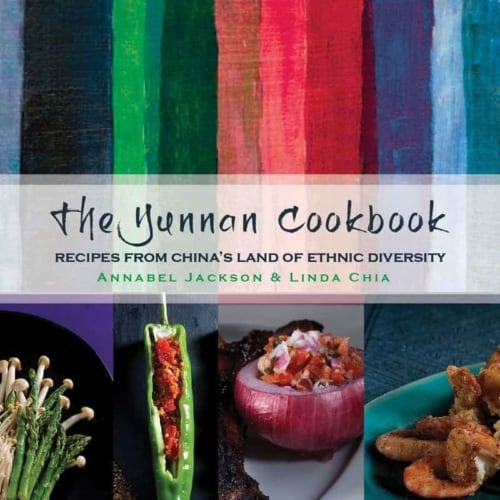
From the yaks which graze at altitudes so high that vegetables cannot grow, and the paradise of Shangri-La; through the flower markets of Kunming, the dramatic tea terraces of Pu-er, and forest floors covered with wild mushrooms; to the tropical south where market stalls brim with brilliant red chillies and shimmering purple eggplants.
Yunnan, an exotic land of former kingdoms which borders Tibet, Sichuan, Burma, Vietnam and Laos, is the most bio-diverse province in China. It is quite possibly the most beautiful part of the country, and also the most culturally rich. Each ethnic minority has its own distinct cooking ingredients, aromas and flavours – all brought together for the first time in this unique cookbook.
-
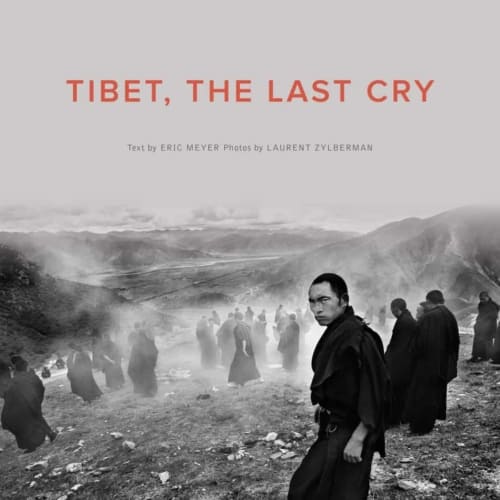
Eric Meyer and Laurent Zylberman were the only freelance journalists allowed into Tibet after the 2008 riots which left parts of Lhasa in ruins. They saw the friction between two cultures: police and soldiers patrol the towns, while crowds of Han immigrants pour into the region like new frontier settlers seeking their fortunes. Tibet is going through drastic economic change, shaking up ancient ways of life and altering the fragile ecological balance of the once-nomadic high plateau.
China is massively investing to turn Tibet into a modern country. Downtown shops crammed with made-in-China fashion are run by battalions of saleswomen in uniform, and nightclubs draw crowds of Tibetan teenagers in search of Western music.
A series of black-and-white photographs intertwine – often in a single shot – the clashes between two very different communities who have never fully understood each other. Narrated day by day, both text and images immerse the reader in an eye-opening journey across the roof of the world.
Look inside this book
Click on these links to read pages from Tibet, the Last Cry. You will need a pdf reader to view these excerpts. -
Sale!
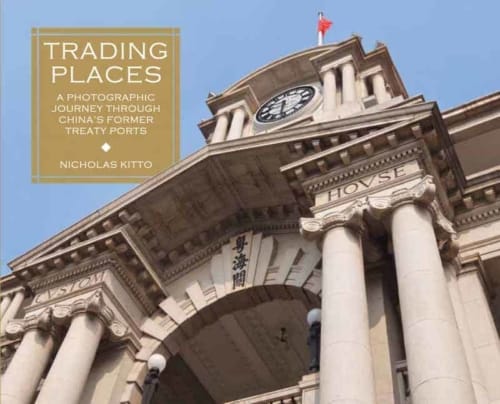
With a foreword by Professor Robert Bickers
China’s treaty port era extended from the 1840s to 1943, during which time foreigners had a significant presence. This book contains more than 700 photographs of many buildings from this period, most of them commissioned by foreign interests. Many argue that they should never have been built, let alone still be standing. But this book is not concerned with the rights and wrongs of how these buildings came to be. It simply celebrates their existence. A significant number are innately beautiful and all of them embody a history that has clear and present links to our own time and thus remain relevant.
This book was driven by the author’s interest in the history of China’s treaty port era, in which several generations of his family played a part. It is a tribute to the buildings that remain as a reminder of the past, and a guide to where to find them.
-
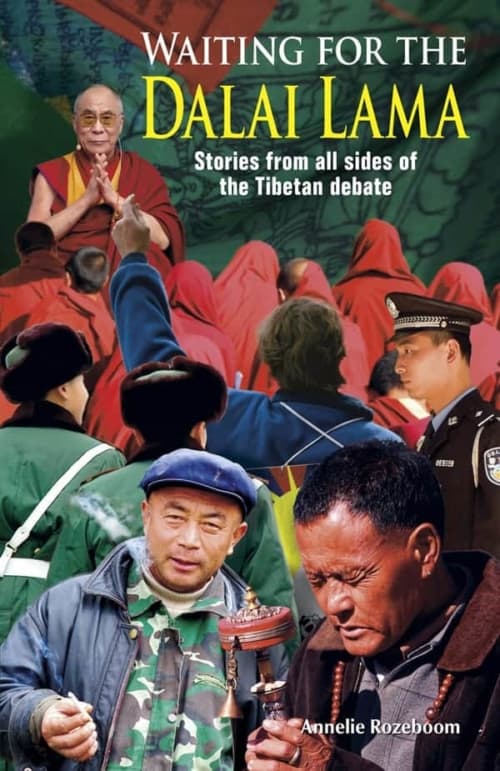
Why does the issue of Tibet rouse such passions on both sides? And is there any way to find common ground?
Chinese-speaking journalist Annelie Rozeboom worked as a foreign correspondent in China for ten years. During that time she was able to interview numerous Tibetan people inside and outside Tibet, as well as Chinese residents, Western observers and the Dalai Lama himself. As these people explain their life stories, it becomes clear to the reader why they think the way they do. The book also shows how history washed over this remote kingdom and how the Tibetans and the Chinese came to take such opposing positions.
Waiting for the Dalai Lama is a uniquely valuable book which approaches the emotive issue of Tibet from all angles.
Look inside this book
Click on this link to view sample pages from Waiting for the Dalai Lama. You will need a pdf reader to view this excerpt. -
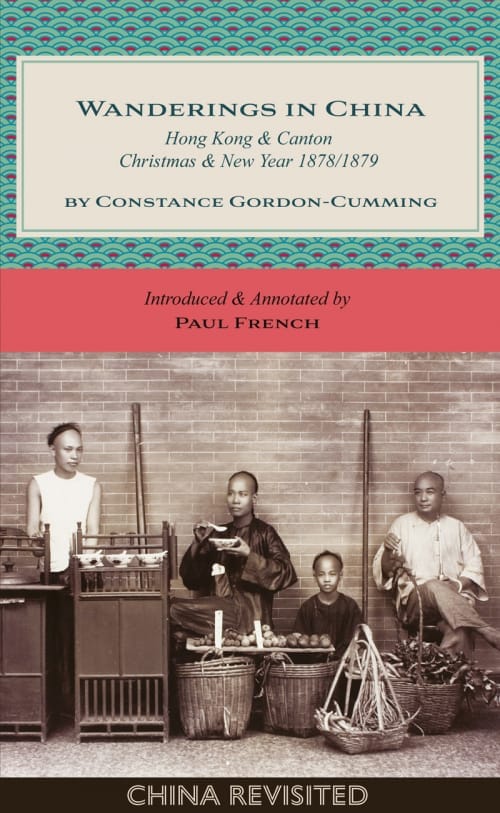 By Constance Gordon-Cumming, introduced and annotated by Paul FrenchNo. 2 in the China Revisited seriesInveterate Victorian traveller and prolific artist Constance Gordon-Cumming, born in Glasgow in 1837, roamed far and wide from the Scottish Highlands to the American West; the islands of Hawaii to southern China. Even among her many adventures, her 1878/1879 trip to Hong Kong was momentous. Gordon-Cumming arrived just before Christmas 1878 to inadvertently witness the terrible “Great Fire” of Hong Kong that swept devastatingly through the Central and Mid-Levels districts.She then moved on to explorations of the streets, temples and Chinese New Year festivities in Canton (Guangzhou). Her detailed descriptions of the teeming streets of the city’s commercial districts and New Year temple fairs contrast with her temporary residence in the relative calm of the foreign enclave on Shamian Island. Venturing out of the city on expeditions, Gordon-Cumming gives us perhaps one of the most complete descriptions of the now long-gone market gardens of Fa-tee with the famed nurseries that cultivated a bewildering variety of flowers and ornamental trees.
By Constance Gordon-Cumming, introduced and annotated by Paul FrenchNo. 2 in the China Revisited seriesInveterate Victorian traveller and prolific artist Constance Gordon-Cumming, born in Glasgow in 1837, roamed far and wide from the Scottish Highlands to the American West; the islands of Hawaii to southern China. Even among her many adventures, her 1878/1879 trip to Hong Kong was momentous. Gordon-Cumming arrived just before Christmas 1878 to inadvertently witness the terrible “Great Fire” of Hong Kong that swept devastatingly through the Central and Mid-Levels districts.She then moved on to explorations of the streets, temples and Chinese New Year festivities in Canton (Guangzhou). Her detailed descriptions of the teeming streets of the city’s commercial districts and New Year temple fairs contrast with her temporary residence in the relative calm of the foreign enclave on Shamian Island. Venturing out of the city on expeditions, Gordon-Cumming gives us perhaps one of the most complete descriptions of the now long-gone market gardens of Fa-tee with the famed nurseries that cultivated a bewildering variety of flowers and ornamental trees.Finally Gordon-Cumming returns to Hong Kong to observe the annual "Derby Day" races at Happy Valley in February 1879, a major event on Hong Kong’s Victorian-era social calendar. Gordon-Cumming is at one and the same time that rare travel writer who, while plunging into the throngs and crowds, manages to observe the minutiae of life around her.
“The flames rapidly gained the mastery, suddenly bursting from fresh houses here and there, where least suspected, and spreading from street to street. That night we stood watching this appallingly magnificent scene – the flames rising and falling, leaping and dancing, now bursting from some fresh house, shooting up in tongues of fire, now rolling in dense volumes of black smoke.”
-
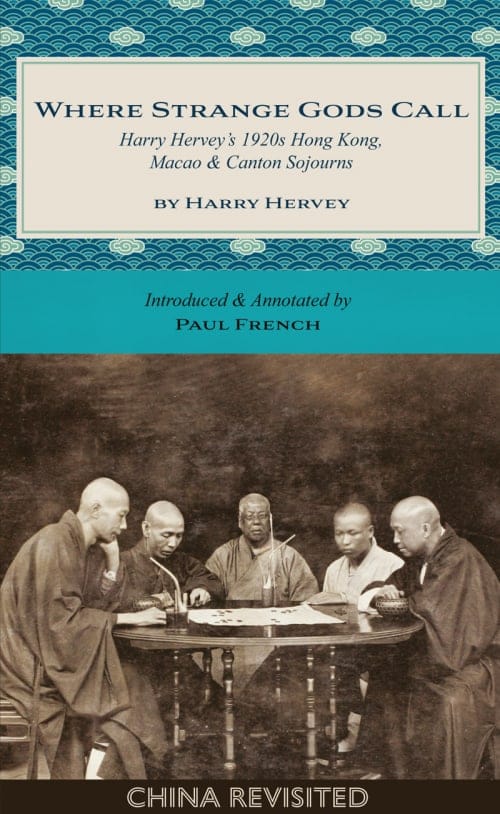 By Harry Hervey, introduced and annotated by Paul FrenchNo. 1 in the China Revisited seriesAs a young man in the southern United States in the early years of the twentieth century Harry Hervey dreamt of travelling to Asia. He also dreamt of writing novels, movie scripts and travel books. He would do all these things. Eventually, in 1923, Hervey managed to find a way to get to the Far East working on a cruise liner. He was to spend time sojourning in Hong Kong, Macao and Guangzhou. His impressions of his travels through southern China, contained in his 1924 travelogue Where Strange Gods Call, is both lyrical and detailed, as well as atmospheric and informative. Walking from Central to Kennedy Town; the basement “dives” of Belcher’s Street to the private dining rooms of Queen’s Road; Macao’s Praia Grande to its infamous fan-tan houses, Hervey is a fascinating flâneur and guide. So too in Guangzhou, a city in upheaval, where Hervey encounters those fleeing warlord violence in the north and is granted an audience with Dr Sun Yat-sen.Hervey’s impressions of China would stay with him for the rest of his life, not least in his treatment for the 1932 movie Shanghai Express. Sadly, in the intervening century since the first publication of Where Strange Gods Call in 1924, Hervey’s name and work have been largely forgotten. Yet his early travel writing was to influence his later bestselling novels, popular short stories and Hollywood screenplays which, in turn, influenced American perceptions of Hong Kong, Macao and China.
By Harry Hervey, introduced and annotated by Paul FrenchNo. 1 in the China Revisited seriesAs a young man in the southern United States in the early years of the twentieth century Harry Hervey dreamt of travelling to Asia. He also dreamt of writing novels, movie scripts and travel books. He would do all these things. Eventually, in 1923, Hervey managed to find a way to get to the Far East working on a cruise liner. He was to spend time sojourning in Hong Kong, Macao and Guangzhou. His impressions of his travels through southern China, contained in his 1924 travelogue Where Strange Gods Call, is both lyrical and detailed, as well as atmospheric and informative. Walking from Central to Kennedy Town; the basement “dives” of Belcher’s Street to the private dining rooms of Queen’s Road; Macao’s Praia Grande to its infamous fan-tan houses, Hervey is a fascinating flâneur and guide. So too in Guangzhou, a city in upheaval, where Hervey encounters those fleeing warlord violence in the north and is granted an audience with Dr Sun Yat-sen.Hervey’s impressions of China would stay with him for the rest of his life, not least in his treatment for the 1932 movie Shanghai Express. Sadly, in the intervening century since the first publication of Where Strange Gods Call in 1924, Hervey’s name and work have been largely forgotten. Yet his early travel writing was to influence his later bestselling novels, popular short stories and Hollywood screenplays which, in turn, influenced American perceptions of Hong Kong, Macao and China.This publication of Hervey’s impressions of southern China also includes the sketches of his good friend the Savannah artist Christopher Murphy Jr., which were included in the first edition of Where Strange Gods Call and bring Hervey’s descriptions further to life.
“Approaching Canton we were gliding past ugly, ramshackle dwellings and go-downs; grass-thatched house-boats, sampans, junks, and lighters, and millions of roofs that were flung in uneven terraces against the sky.”
-
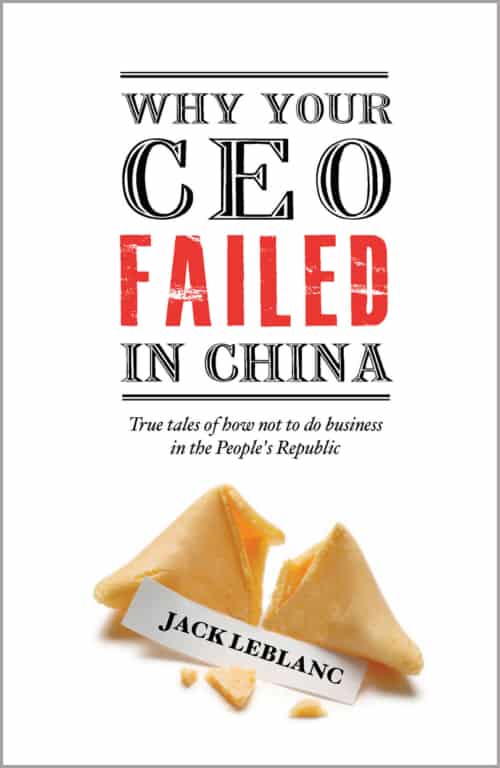
Previously published, in shorter form, as Business Republic of China
Jack Leblanc arrived in China in 1989 intending to teach for just two years. He was to spend the next two decades on a very different learning curve as he became involved in a series of business ventures in almost every part of the Middle Kingdom.
From farmyard to factory, boardroom to banquet, Leblanc witnessed (and occasionally assisted) the transformation of China from a socialist economy into the world's greatest experiment in capitalism. Over time it dawned upon him that the key to success is to manage the differences in Chinese and Western business behaviour. To do well in China you must carefully adapt your strategies – or face ruin faster than you can learn how to use chopsticks.
“This book is rich in practical detail. Leblanc’s experiences make for instructive reading for any foreign executive doing business in China.” — China Economic Review